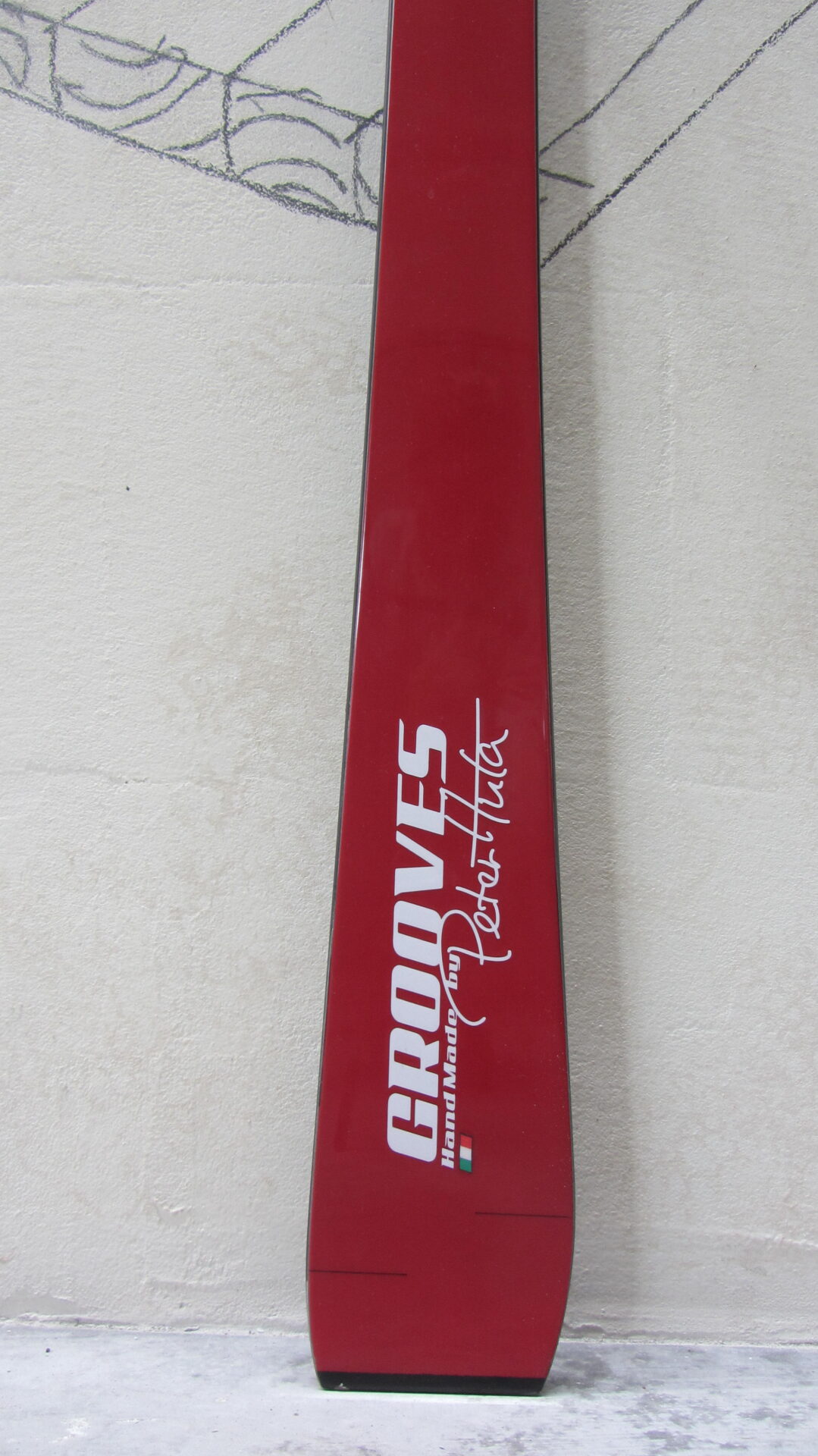Over the limits
Skiing with disabilities
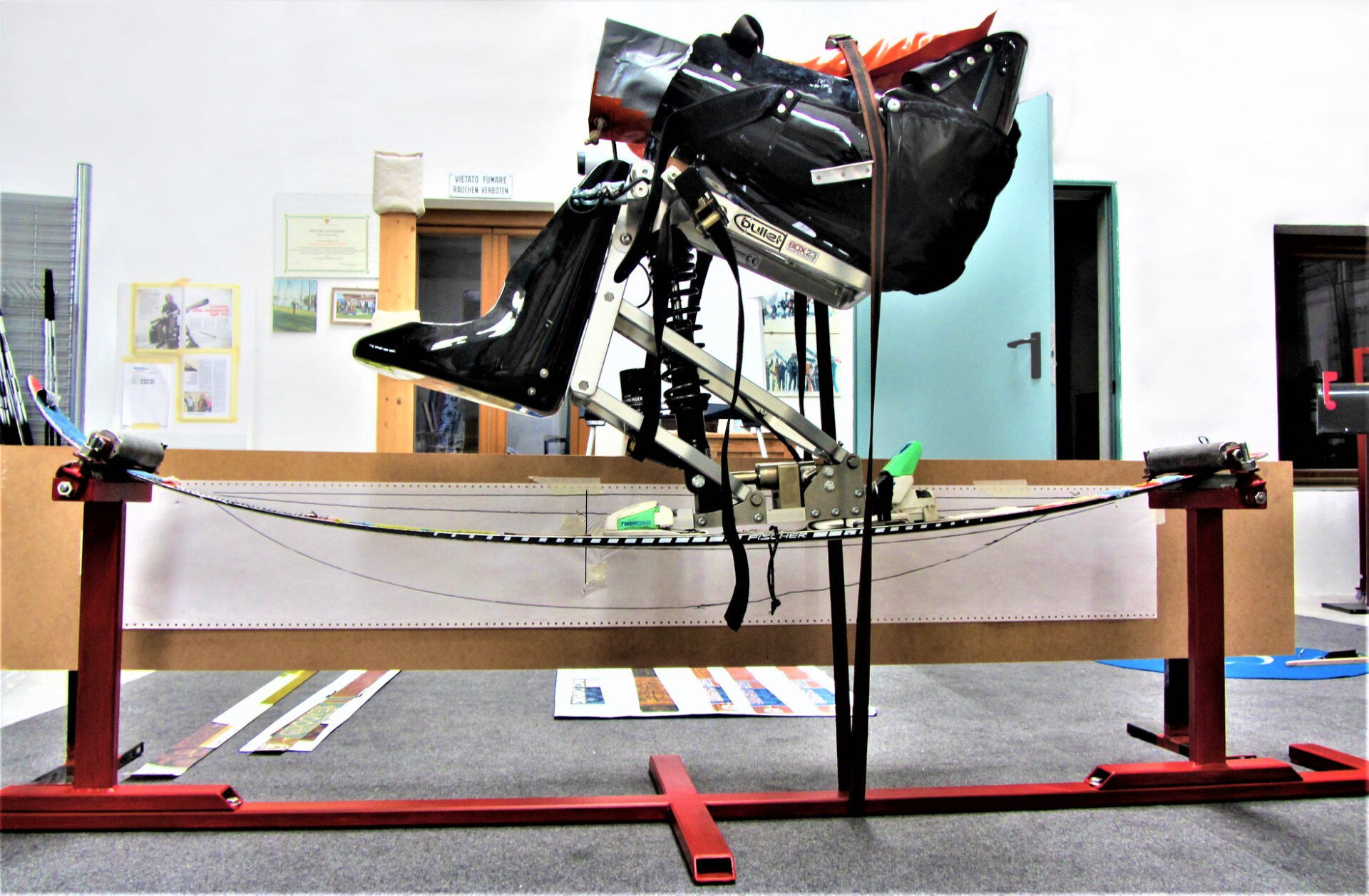
The desire to create a tool suitable for all skiers has led Grooves to analyze every aspect related to the world of skiing with ever more attention and concreteness.
Peter Huta is an expert craftsman in the sector and can create any required geometry while maintaining maximum industrial precision. Thanks to his expertise, the study led him to create a specific ski that was safer, easier and more fun for athletes with motor disabilities, normally forced to use tools designed only for able-bodied people.
Thanks to a device developed by Grooves which measures the elastic curve of the ski under stress, it has been possible to accurately calculate the deformation of the ski, caused by the weight of the skier, the seat and the suspension system.
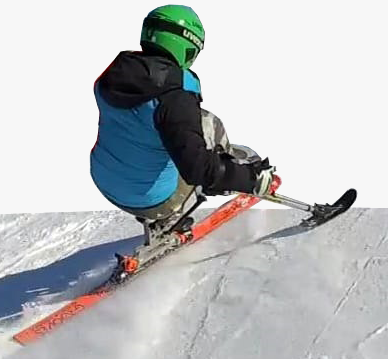
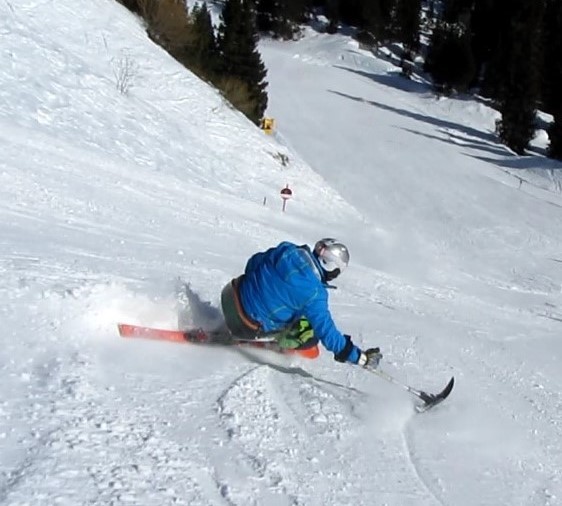
The ski prototypes made so far have been intended for people with disabilities in both lower limbs. This project has received excellent feedback from customers, which has stimulated Peter to think about a wider and more specific customization package.
The goal will be the creation of a 360-degree package, consisting of skis, seat and suspension mechanism. The seat will be 100% tailored to the athlete, preserving the physiological curve of the back to better adapt to the specific disability. The project also intends to use composite material on most of the parts underneath the seat to make the structure solid and light without compromising safety.
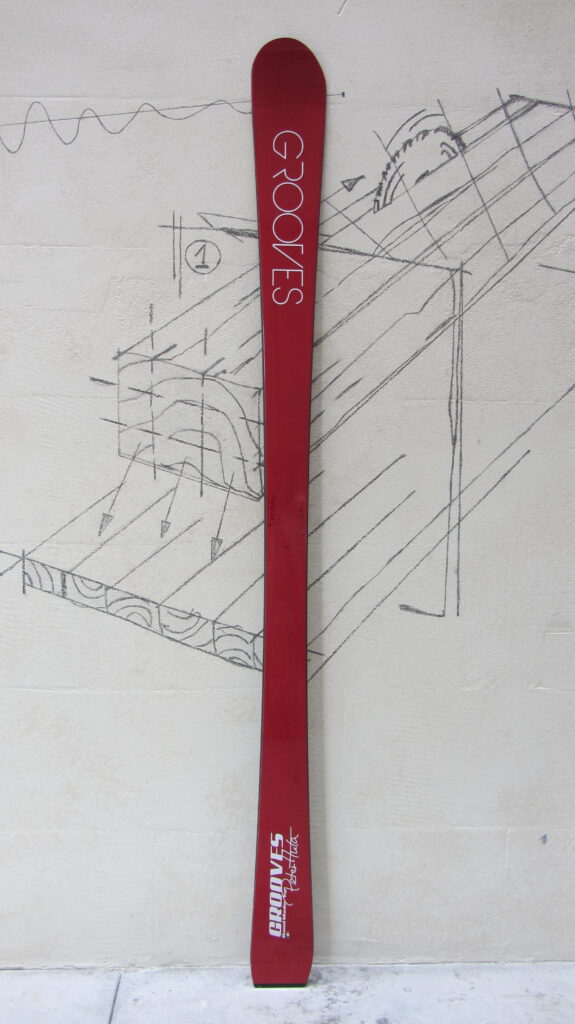
Asymmetric skis
Asymmetric skiing is the result of different sidewall geometries in a single ski.
The construction technology of the lateral geometry consists in the difference, sometimes even marked, between the left side and the right side of the ski; specifically, the result will be different sidecuts, radii and tip and tail widths with consequent asymmetry of the sides.
When we talk about sidecut we refer to the shape of the ski in a static situation which determines its curve radius. The greater the difference between the nose, center and tail widths, the smaller the possible turning radius.
The wider spatula width is used to guide corner entry in the best way, favoring greater precision. The width of the tail favors a stabilizing moment that allows the ski to stay in the self-created track with minimal drift.
In order to give the ski different asymmetries and to obtain the correct handling of the ski, it is necessary to carefully calculate the toe angle which originates from the tangency of the tip; its amplitude favors quick start to enter the curve. The angle of divergence, which closes on the tail of the ski, counteracts the acceleration force due to gravity and quickly frees the ski when changing direction. The balancing of the asymmetry between two angles of convergence and two angles of divergence, perfects steering, creates energy savings for the athlete, offers more precision in grip, promotes safety and leaves room for an elegant technique.

By “standing” skier we mean a disabled amputee, with only one limb, who therefore uses only one ski. During the descent he is subjected to a set of forces that are not homogeneously distributed on the tool. In particular, skiing during the inside curve becomes more difficult and unsafe precisely because of the forces involved, which are different between the inside and outside curves due to the center of gravity.
Basically in single limb skiers, there is an evident imbalance (loss of balance) of the body in movement, an indication of the fact that there is not enough load on the ski, which is unable to deform and therefore does not “close” the curve, making skiing more difficult and insecure.
In response to this problem, the decision to develop an asymmetrical ski was born.
Asymmetric skiing allows excellent sensitivity and mastery of the tool in every phase of skiing as the curve and slope vary, guaranteeing the disabled skier greater safety even in situations that require greater control while skiing. The “standing” skier, through the asymmetrical ski, distributes the load homogeneously on the internal and external edge. The perfectly conducted curves give the “standing” skier greater ease and safety in skiing, requiring less physical effort.
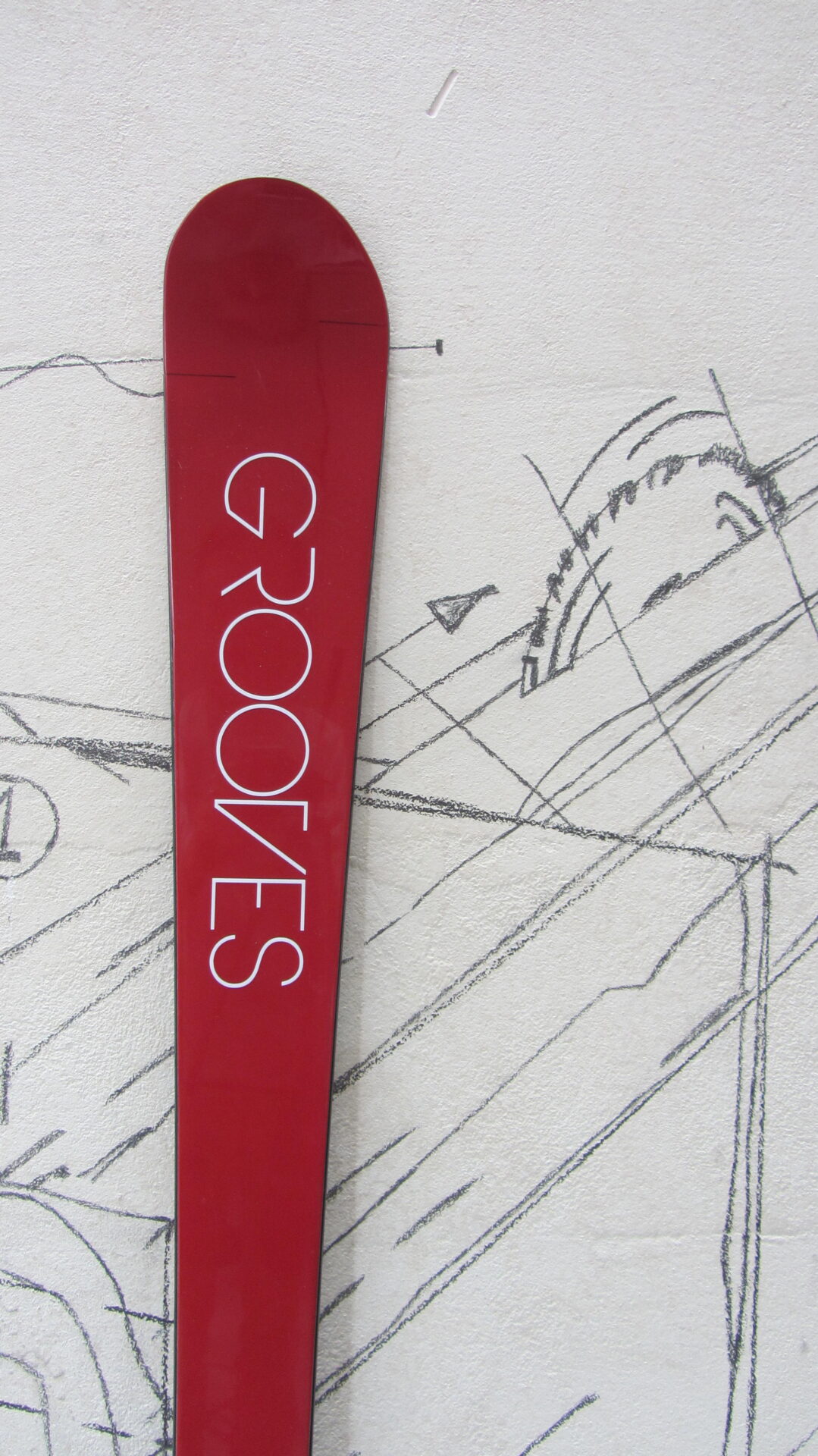
The ski produced with the asymmetric technique has an ideal field of use for athletes with disabilities. The future developments of asymmetric skis through research with variations in lengths, widths, radii and elastic curves, will allow skis to be developed for different levels of categories of the disabled skier.
Regarding this new project, Grooves was a guest at the Genoa Science Festival , presenting the future collaboration with the Italian army, interested in furthering the adoption of this technology for disabled people.
